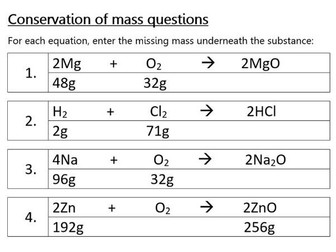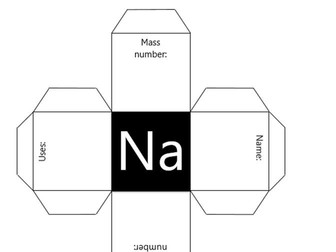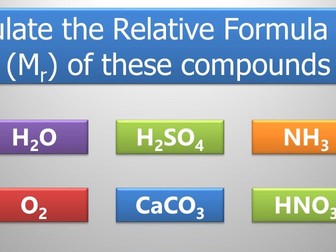Electron configuration task
<p>A worksheet where the electron configurations need to be drawn for atoms of 12 different elements (from within the first 20 of the periodic table).<br />
Also requires element symbol to be completed, number of electrons and “shorthand configuration” (e.g. 2,8,5).<br />
Single sheet of double sided A4.<br />
Useful summary/homework/starter/plenary/revision sheet.</p>



